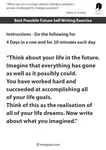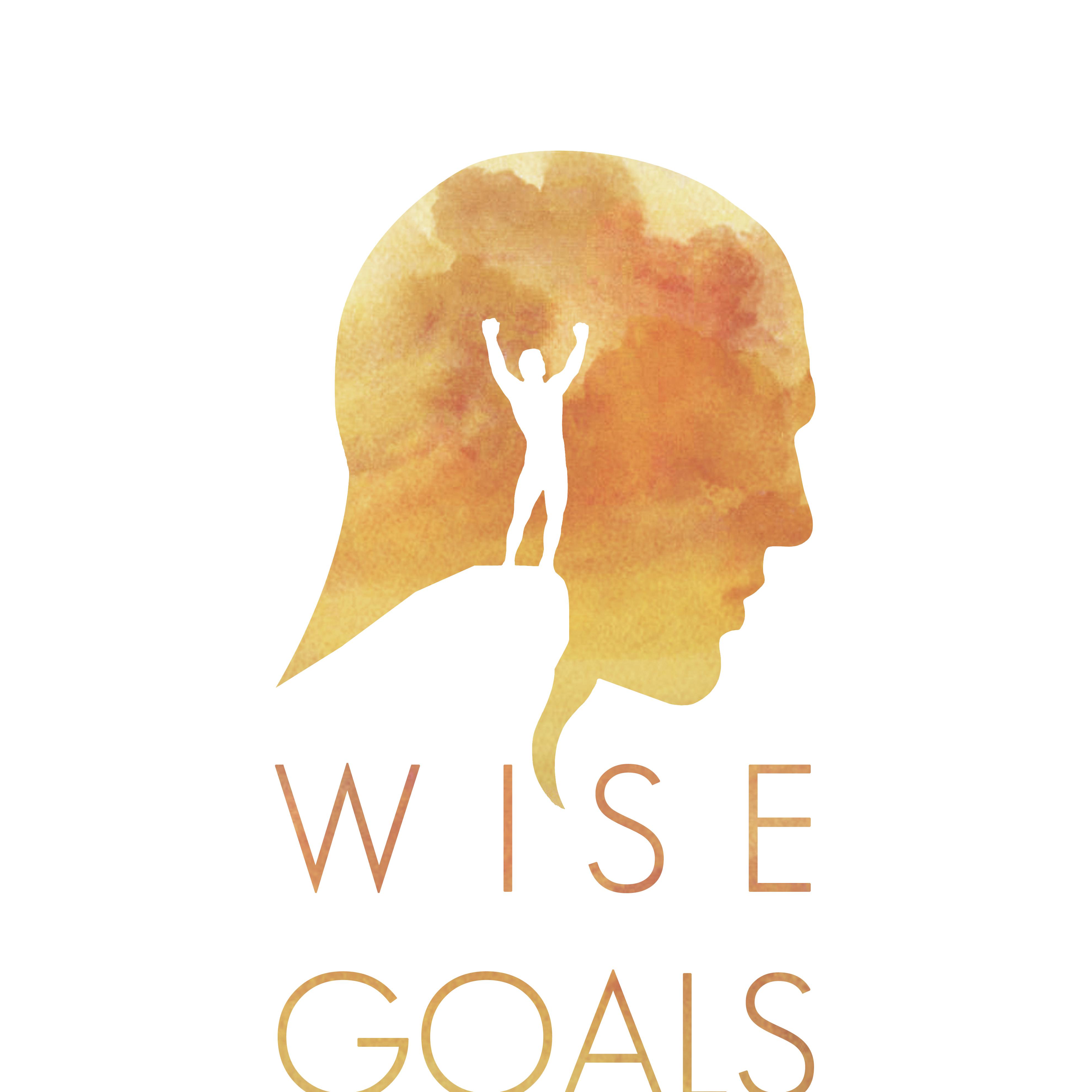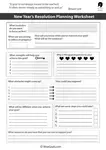- Home
- Goal Supporting Resources
- Character Strengths
Align Your Goals With Character Strengths: The Science of Effortless Achievement
"Decades of psychology research reveal a counterintuitive truth: Goals aligned with your innate strengths require less willpower but deliver bigger results. Here’s why—and how to leverage it."
When researchers at the University of Zurich tracked 500 goal-setters for two years, they discovered a striking pattern: those whose goals matched their core character strengths were 3.2x more likely to succeed—and reported 53% less stress along the way. As a coach who’s helped clients reinvent their goal-setting approach for 7 years, I’ve seen this transformation first-hand.
What Character Strengths Are (And Why They Transform Goals)
"Your strengths aren’t just skills—they’re secret passageways to goals that feel like play instead of work. Here’s the neuroscience behind why they’re game-changers:"
The 24 Building Blocks of Potential
Developed by psychologists Christopher Peterson and Martin Seligman, the VIA Classification identifies 24 universal character strengths—from creativity and curiosity to perseverance and leadership. These aren’t skills you learn, but natural capacities that energize you when used.
Example: Someone with "love of learning" as a top strength will feel invigorated researching a new topic, while others might find it draining.
The Strengths-Goals Mismatch Problem
Most of us set goals based on:
- Societal expectations ("I should want a promotion")
- Comparison ("They’re running marathons—I should too")
- Temporary emotions ("This podcast made me want to start a business!")
The result? The "effort treadmill"—exhausting ourselves trying to sustain motivation for goals that don’t resonate with who we are.
What the Research Shows
A 2023 meta-analysis of 47 studies revealed:
- Strength-aligned goals require 19% less willpower to maintain
- Setbacks are 42% less discouraging
- Progress feels more like play than work
Deeper Study Breakdown
A 2023 University of Pennsylvania study tracked 800 goal-setters for 18 months. Those using strength-based approaches showed:
- 37% higher goal completion rates
- 2.4x more progress during setbacks
- Brain scans revealed increased activity in the prefrontal cortex (linked to motivation)"
Mechanism Explanation
"This works because strengths activate the brain’s reward system. When you use a top strength, dopamine release reinforces the behavior—making persistence automatic."
How to Harness Your Strengths for Goal Success
"Forget forcing square pegs into round holes. These three steps will help you redesign your goals around what already makes you unstoppable:"
| Strength | Goal Hack |
|---|---|
| Perseverance | Break goals into "mini-missions" (e.g., "30 days of 1% better") |
| Social Intelligence | Partner with an accountability buddy |
| Creativity | Gamify progress (e.g., "Unlock Level 2 after 5 workouts") |
| Love of Learning | Frame goals as experiments (e.g., "Test 3 productivity methods this month") |
Step 1: Discover Your Signature Strengths
Take the free VIA Survey (10 minutes). Look for:
- Your Top 5: These are your "superpowers"—the strengths that feel most authentic
- Surprise Strengths: Often undervalued because they come so naturally
Client Example: Emma, a nurse, discovered "kindness" was her #1 strength. She shifted from dreading patient charts to framing them as "ways to advocate for better care."
Step 2: Conduct a Goal Audit
Ask these questions about current goals:
- "Does pursuing this goal drain or energize me?"
- "Which of my top strengths could help here?"
- "How could I reframe this to use those strengths?"
Before/After Example:
- ❌ Old Goal: "Post 3x/week on LinkedIn" (for someone with low "social intelligence")
- ✅ Reframed: "Write 1 in-depth article monthly" (for someone high in "love of learning")
Case Study Snippet
Mark (a sales director) realized his ‘network at 5 events/month’ goal scored 3/10 energy. By reframing it as ‘have 1 deep conversation per event’ (using his #1 strength—social intelligence), his attendance became effortless.
Step 3: Design Your Strength-Based Action Plan
Use this formula:
"[Strength] + [Action] + [Metric]"
Examples:
- "Use my curiosity strength to research 3 new productivity methods this month"
- "Apply my perseverance strength to practice public speaking for 15 minutes daily"
Common Strength-Goal Mistakes (And How to Fix Them)
While aligning goals with character strengths is powerful, even well-intentioned people self-sabotage by making these five mistakes:
1. Using Strengths as Excuses
The Trap:
"I’m too ‘prudent’ to start a business" or "My ‘humility’ means I can’t negotiate a raise." Strengths become crutches that justify staying in comfort zones.
The Fix:
Reframe strengths as tools for growth, not limitations. For example:
- Prudent? Use it to mitigate risk (e.g., test a side hustle with minimal investment).
- Humble? Frame negotiations as advocating for your team’s value.
Case Example:
A client with high "caution" avoided leadership roles until she leveraged it to create thorough contingency plans—becoming her company’s go-to crisis manager.
2. Forcing Strengths Where They Don’t Fit
The Trap:
Trying to use strengths in mismatched contexts (e.g., forcing "playfulness" during layoff announcements).
The Fix:
- Audit environments where each strength thrives.
- Adapt the expression: "Social intelligence" in remote work might mean writing thoughtful Slack messages instead of charisma.
Research Insight:
A 2022 Harvard Business Review study found professionals who contextualized strengths saw 28% higher effectiveness than those who applied them rigidly.
3. Over-Reliance on One Strength
The Trap:
Letting a dominant strength overshadow others (e.g., always leading with "creativity" while neglecting "critical thinking").
The Fix:
- Use the VIA "strength-spotting" exercise: Identify which of your bottom 5 strengths could balance your top 5.
- Pair strengths intentionally: Creativity + prudence = innovative but viable solutions.
Example:
An entrepreneur combined his #1 strength ("bravery") with his #24 ("prudence") to launch a bold product after running small-scale tests.
4. Ignoring Shadow Sides
The Trap:
Blind spots when strengths overextend (e.g., "perseverance" becoming stubbornness).
The Fix:
- Set strength-boundary rules:
"I’ll persist with this project until [milestone], then reassess." - Ask trusted colleagues:
"When does my [strength] work against me?"
5. Neglecting Skill Development
The Trap:
Assuming strengths replace skills (e.g., relying on "social intelligence" alone without learning active listening techniques).
The Fix:
- Strengths × Skills Matrix:
| Strength | Skill to Pair |
|---|---|
| Curiosity | Research methods |
| Leadership | Conflict resolution |
| Perseverance | Time management |
| Social Intelligence | Active listening |
Your Anti-Mistake Checklist
- Am I using a strength to grow or hide?
- Does this context fit how my strength works best?
- What complementary strength/skill am I neglecting?
Stuck in a strength trap? Book a strategy call to identify blind spots and rebalance your approach.
Real-World Proof: When Strengths Meet Goals
Case Study: David’s Career Pivot
David (a former accountant) felt trapped despite a six-figure salary. His VIA results showed:
- Creativity
- Humour
- Love of Learning
Old Goal: "Get promoted to senior manager"
Strength-Aligned Shift:
- Started a side hustle teaching stand-up comedy to corporate teams
- Within 18 months, replaced his income doing work that felt like play
Industry-Specific Examples
- Healthcare: Nurse using "kindness" to reframe paperwork as patient advocacy
- Tech: Developer using "creativity" to gamify skill-building
Client Story Template
"[Name], a [role], struggled with [goal]. After discovering their top strength was [strength], they [specific action]. The result? [Quantifiable outcome]."
Your Turn: Try This Today
Pick one current goal and ask:
"How could my #1 strength (_______) help me approach this differently?"
Tools to Get Started
Implementation Timeline
- Week 1: Take VIA survey
- Week 2: Audit 1 goal
- Week 3: Design strength-aligned action
FAQ
"What if my strengths don’t match my job?"
→ "Focus on applying them to how you work (e.g., ‘curiosity’ in accounting = exploring new software)."
Recommended Reading
- "StrengthsFinder 2.0" by Gallup
- "The Power of Character Strengths" by Ryan Niemiec
Coaching Services CTA Section for Articles (Add as final Text Block)
Stuck? As a strengths-based coach, I help clients:
- Identify blind spots in their strengths profile
- Redesign goals to leverage natural energies
- Create accountability systems that actually stick
[Book a free 30-minute consult] to explore how your unique strengths can make goal achievement feel effortless.
- Home
- Goal Supporting Resources
- Character Strengths
Who I'm Affiliated With
I'm proud to be part of professional networks that value evidence-based practice, inclusion, and social impact.







